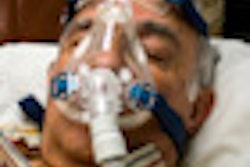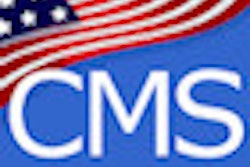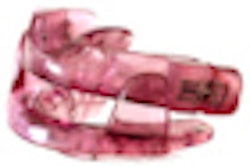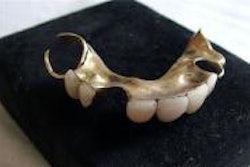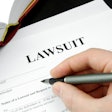
NEW YORK (Reuters Health), Jul 29 - Disturbed sleep and hypertension aren't the only consequences of obstructive sleep apnea (OSA). Severe OSA may also be a risk factor for abdominal aortic aneurysm rupture, a new study suggests.
The data come from 127 patients with abdominal aortic aneurysms (AAA) who agreed to at-home sleep studies. The researchers had already been following these patients (ages 43 to 75, mean 68) for a median of 18 months, tracking their aneurysms with regular ultrasound exams.
Dr. Rebecca H. Mason from Churchill Hospital, Oxford, U.K., and her colleagues used the ApneaLinK (ResMed, MAP Medicine Technology) to record nasal respiratory pressure, snoring sounds, and finger oximetry data.
Roughly 41% of the patients had an apnea-hypoxia index (AHI) > 10, and about 42% had an oxygen desaturation index (ODI) > 10, the research team reported online July 9 in the American Journal of Respiratory and Critical Care Medicine. Twenty-nine percent in the AAA cohort had an AHI of at least 15.
The prevalence of sleep apnea in the AAA patients was "higher than in a comparable normal population," Dr. Mason told Reuters Health by e-mail. In a community-based sample of people with similar age and body mass index one would expect to see an 8% prevalence of an ODI of 10 or more, and a 19% prevalence for an AHI of 15 or more, according to her paper.
Sleep apnea in the AAA patients was generally asymptomatic. "The vast majority" had a normal Epworth Sleepiness Score, which did not correlate with either AHI or ODI, the authors say.
The 12 patients with an ODI > 30 had a median expansion rate of 2.9 mm/year, which was significantly faster than the 1.2 to 1.3 mm/year in the patients with ODIs of 0 to 5 or 6 to 15.
In multivariate analyses controlled for cardiovascular risk factors and medications, an ODI > 30 and an AHI > 30 were each significantly associated with faster AAA expansion rates compared to lower indices.
Studies in animals and in Marfan's syndrome patients that suggested a link between OSA and thoracic aortic aneurysms had prompted the current study in the AAA patients, Dr. Mason said.
She says OSA appears to exert a threshold effect. "It may be that only the more pronounced and frequent intrathoracic pressure swings and sympathetic bursts (with resultant rises in blood pressure) lead to irreversible changes in aortic diameter," she suggests. Another mechanism may involve the recurrent intermittent hypoxia that "increases oxidative stress, endothelial dysfunction and vascular inflammation."
Dr. Mason and her colleagues would like to see a randomized controlled trial show whether continuous positive airway pressure (CPAP) would attenuate AAA expansion in patients with the highest-risk sleep study findings.
But Dr. Frank A. Lederle, director of the Minneapolis VA Center for Epidemiological and Clinical Research, is skeptical of the conclusions.
"It is often problematic to define a 'disease' as a test value in an asymptomatic person," he told Reuters Health by e-mail. "In this study there was no control group, so ... their statement that 40% 'seems' high is about all you can say."
Dr. Lederle -- who was not involved in the research -- finds the idea of a link between severe OSA and AAA expansion far from convincing. "The multivariate model with 13 predictors is probably overfit, i.e., too many predictors for the size of the study. You would need to see these results validated in another population before concluding it was more than a quirk."
He noted that before any organization would approve a grant for an interventional trial, it would want to see larger studies as well as some evidence that OSA treatment could slow AAA expansion.
"Some third factor could be causing both phenomena, so fixing one might not fix the other," Dr. Lederle said.
By Karla Gale
Source: link.reuters.com/kef29m
Am J Respir Crit Care Med 2010.
Last Updated: 2010-07-28 10:07:32 -0400 (Reuters Health)
Copyright © 2010 Reuters Limited. All rights reserved. Republication or redistribution of Reuters content, including by framing or similar means, is expressly prohibited without the prior written consent of Reuters. Reuters shall not be liable for any errors or delays in the content, or for any actions taken in reliance thereon. Reuters and the Reuters sphere logo are registered trademarks and trademarks of the Reuters group of companies around the world.




